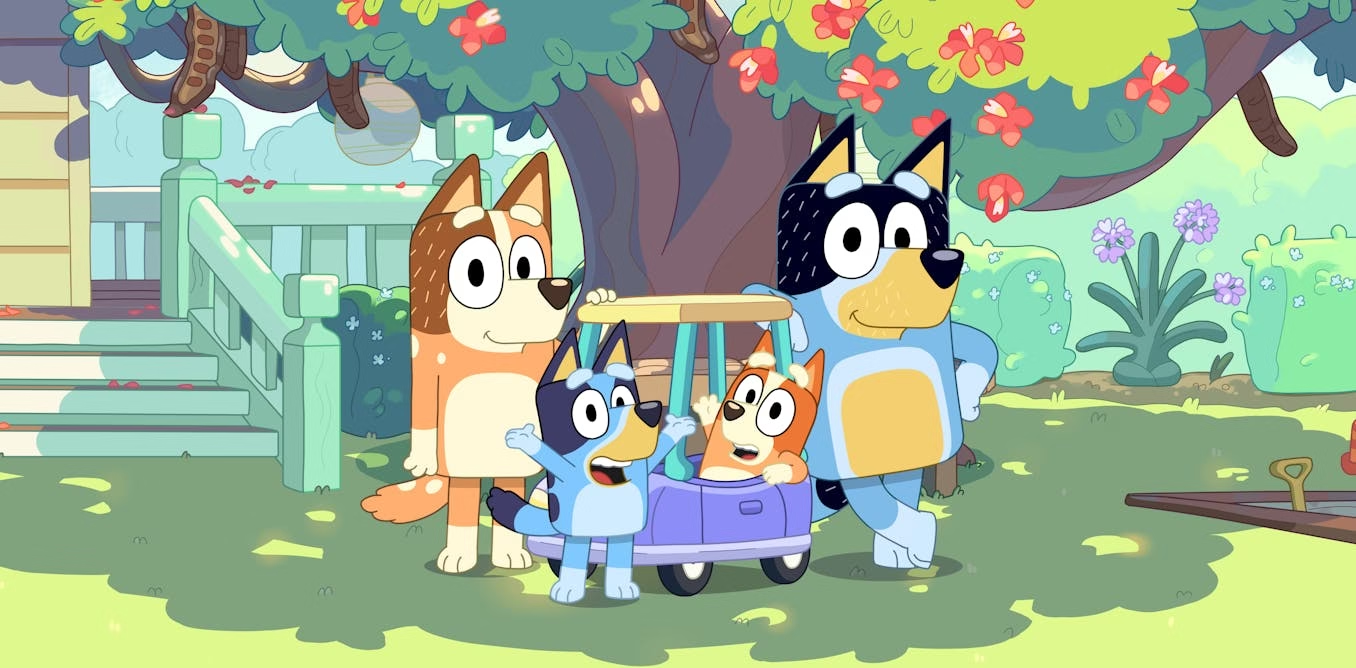The popular Australian animated series Bluey is more than just an entertaining show for kids – it’s a valuable tool for teaching children about resilience. Researchers have found that Bluey models practical coping skills, emotional regulation, and problem-solving strategies that can help kids deal with life’s challenges. By analyzing 150 episodes, experts discovered that the show touches on almost all core elements of resilience, including trusting relationships, emotional communication, problem-solving, self-regulation, empathy, and more.
Bluey’s portrayal of resilience is based on the Grotberg Resilience Framework, which breaks down resilience into three key elements: “I have,” “I can,” and “I am.” The show’s characters, particularly Bluey’s parents, Bandit and Chilli, demonstrate these elements through their actions and interactions. For example, in the episode “The Show,” Bingo accidentally drops a breakfast tray and bursts into tears, and her mum gently models emotional coaching, explaining her coping process. This helps kids learn to manage negative emotions effectively and develop essential life skills.
By watching Bluey with their kids, parents can spark meaningful conversations about real-life challenges and help their children develop the skills they need to cope, adapt, and grow. The show’s realistic portrayal of young family life and its emphasis on emotional regulation, empathy, and problem-solving make it an excellent resource for kids and parents alike.








